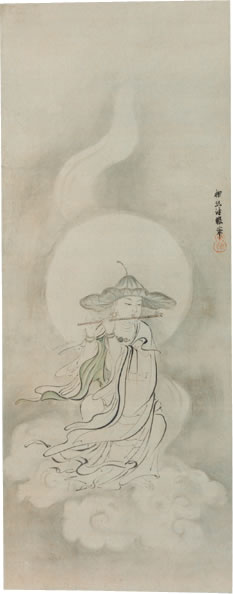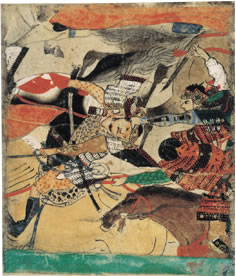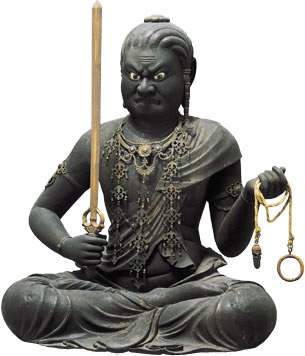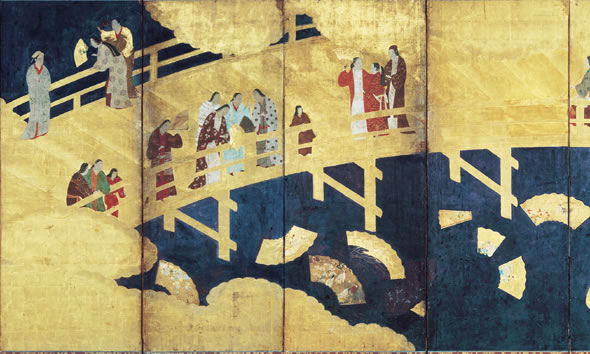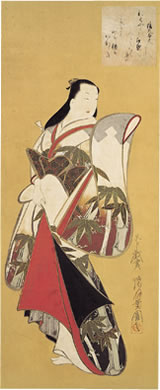
Standing Beauty
By Kaigetsudô Ando (n.d.)
Edo period, 18th century
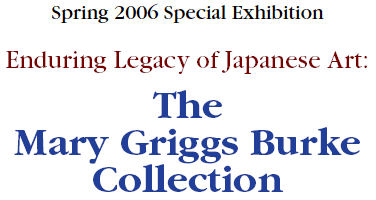
| Organized by: MIHO MUSEUM/ The Kyoto Shimbun Co., Ltd./ Nihon Keizai Shimbun, Inc./ Mary Griggs Burke, Mary and Jackson Burke Foundation |
| Patronized by: The Embassy of the United States of America in Japan/ Shiga Prefecture/ Shiga Prefectural Board of Education/ NHK Otsu Station/ Biwako Broadcasting Co., Ltd. |
| Sponsored by: ITOCHU Corporation/ NEC Corporation |
| In cooperation with: Japan Airlines |
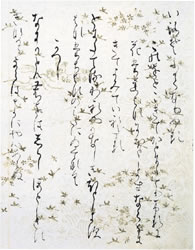 |
|
"Ishiyama Gire":
Poems from the Iseshû Attributed to Fujiwara Kintô(966-1041) Heian period, 12th century |
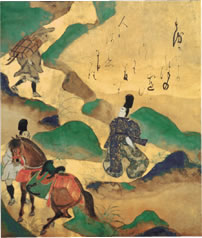 |
| "Utsu no yama": Episode from the Tales of Ise By Tawaraya Sôtatsu(d. ca. 1640) Edo period (1615-1868) |
"In 1954, the countryside of Japan was still strikingly beautiful. Patterned rice paddies and neat tea plantations surrounded the villages of the plains, covered the low hills, and even reached up to the craggy mountains. The old, dark, but beautifully shaped farmhouses appeared to grow from the green fields, and the people who worked these fields in their dark-blue clothes and broad straw hats evoked a sense of belonging and harmony with the scene. Art played a large part in the daily lives of the people. The distinction between high art and craft was not so sharply drawn as in the West. Art seemed an indivisible whole embracing lacquer, ceramics, paintings, textiles, and much more. This aesthetic sensitivity showed in what the people wore, in the utensils they used for eating, and even in the arrangement of food on a plate, as well as in their architecture and masterpieces of sculpture and painting. Although modern development has done away with much of the picturesque quality of the scenery that I saw in '54, this attitude toward art as a total way of life still prevails in Japan to the present day."
How do the Japanese today view Mrs. Burke's appreciation for the Japanese lifestyle as a comprehensive form of art? This exhibition introduces Mrs. Mary Burke, a resident of New York, who with her late husband Jackson Burke spent nearly half a century acquiring Japanese art and presents their amazing collection. We hope that our museum visitors will discover the beauty of Japanese art through the Burke Collection and through Mrs. Burke's ideas.
